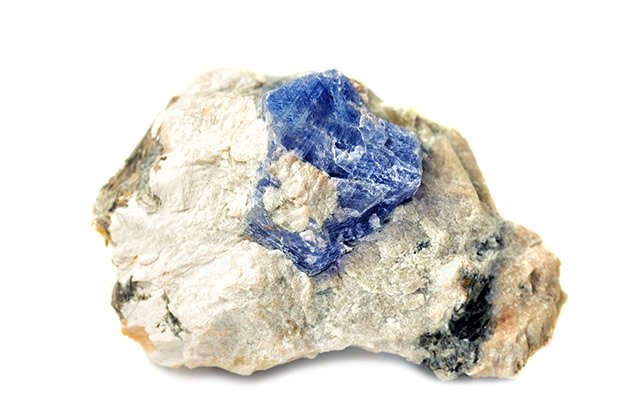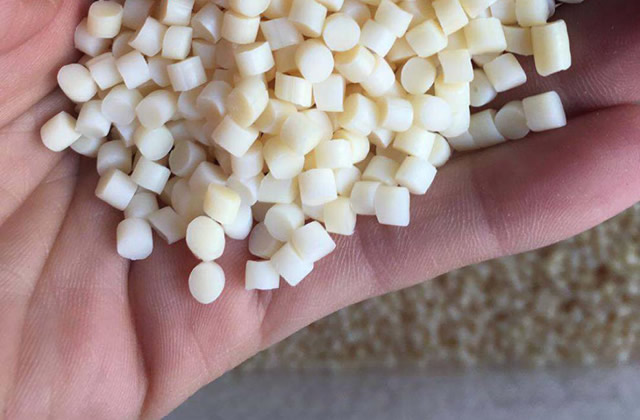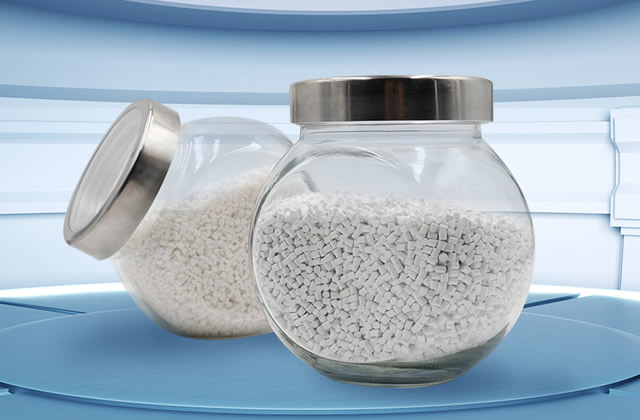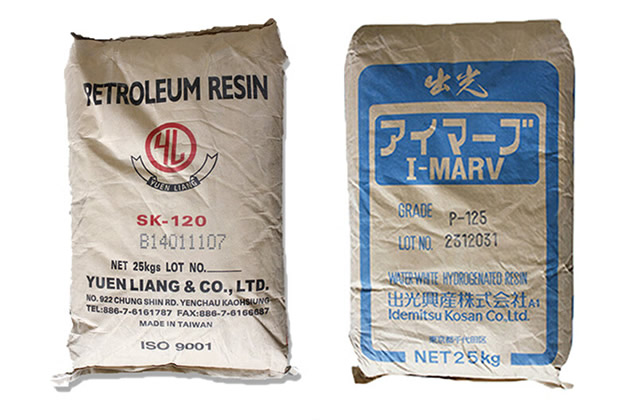1. What does corundum mean?
Corundum is an oxide mineral produced at the contact surface of metamorphic rocks (skarn, etc.) granulite and its alluvial It has the characteristics of high hardness, high melting point, corrosion resistance, etc. It is widely used in various fields of industry in the form of composite materials and also has certain ornamental value.
The name corundum originates from India. It is a mineralogy name. Its hardness is second only to diamond. It is mainly used for advanced grinding materials, bearing materials for watches and precision machinery. Corundum commonly used in industrial fields is generally artificial. Corundum is an artificial material made from bauxite as the main raw material through mining furnaces.

2. What is the main component of corundum?
The main component of corundum is aluminum oxide (Al2O3 ), alumina has many isomorphous crystals, and there are three main common crystal forms, namely γ-Al2O3, β-Al2O3 (strictly speaking, heterogeneous crystals), α-Al2O3, what we call corundum, refers to is α-Al2O3 (The corundum currently used, whether natural or artificial, is generally not a pure substance. Depending on the source, the process There will be other impurities doped according to different needs, but the main crystal form should be α-Al2O3 to be called corundum).
Generally speaking, the mass fraction of aluminum in corundum is 53.2%, the mass fraction of oxygen is 46.8%, and contains Cr3+, Ti4+, Fe3+, Fe2+, Mn2+, V3+, etc., they are Equivalent or heterovalent isomorphism replaces Al3+.
3. Introduction to the physical and chemical properties of corundum
1. Physical properties of corundum
Corundum is barrel-shaped, columnar, cone-shaped and plate-shaped. It is hard in texture and often has diagonal stripes on its surface. Pure corundum is colorless or gray or yellow-gray. It shows different colors due to different trace elements, such as iron.Those containing elemental elements are black, those containing chromium elements are red, those containing titanium elements are blue, those containing vanadium and chromium elements are purple, and those containing iron and chromium elements are green. Glass luster. No cleavage; {0001} or {1011} cracks often occur due to polylamellar twin crystals or fine inclusions. It emits red fluorescence under long and short wave ultraviolet light, and those with higher Fe content have weaker fluorescence. Containing Cr shows pink fluorescence or orange fluorescence. It is relatively stable at room temperature or in air at high temperature.
The cross-polarized interference color of corundum is similar to the interference color of quartz, but due to its high hardness, its thickness is often slightly larger than the thickness of other minerals in the same thin slice, so the interference color is often more than first-level white, and sometimes Up to level two. Cylindrical slices have parallel extinction and negative elongation signs. However, it must be noted that for corundum with a plate-like habit, when the thin slice is cut perpendicular to the plate surface, the extension sign of the cut surface is exactly the opposite, but the extension direction is parallel to the slow light. Parallel {1011} polylamellar twins can often be seen. One-axis crystal has negative optical properties, but sometimes it appears as two-axis crystal, and the optical axis angle is generally not large (the maximum value can reach 58°).
2. Chemical properties of corundum
(1) Reaction with acid and alkali
Corundum is acid-resistant Alkali resistance, but may occur under high pressure conditions and concentrated alkali solutions: Al2O3+2NaOH+3H2O=2NaAl(OH) 4, and the reaction is affected by temperature. Taking a 60% sodium hydroxide solution and a reaction time of 6 hours as an example, when the temperature increases from 180℃ to 200℃, the corundum dissolution rate increases by 12.5 %, and as the reaction temperature increases from 200°C to 220°C, the dissolution rate increases by 46%.
(2) Reaction with metals
Corundum generally does not chemically react with metals at room temperature, such as at pressures below 65GPa and below At a temperature of 2000K, corundum and iron will not react. But at pressures and temperatures higher than this, it can react with iron: (2+3x) Fe+xAl2O3==2FeAl x+3xFeO, where x varies from 0.02-0.03 to 0.25. In addition, titanium reacts with corundum at high grinding temperatures. The main reaction equation is Ti+Al2O3+O2==Al2TiO5.
If the website content violates your rights, please contact us to delete it。








